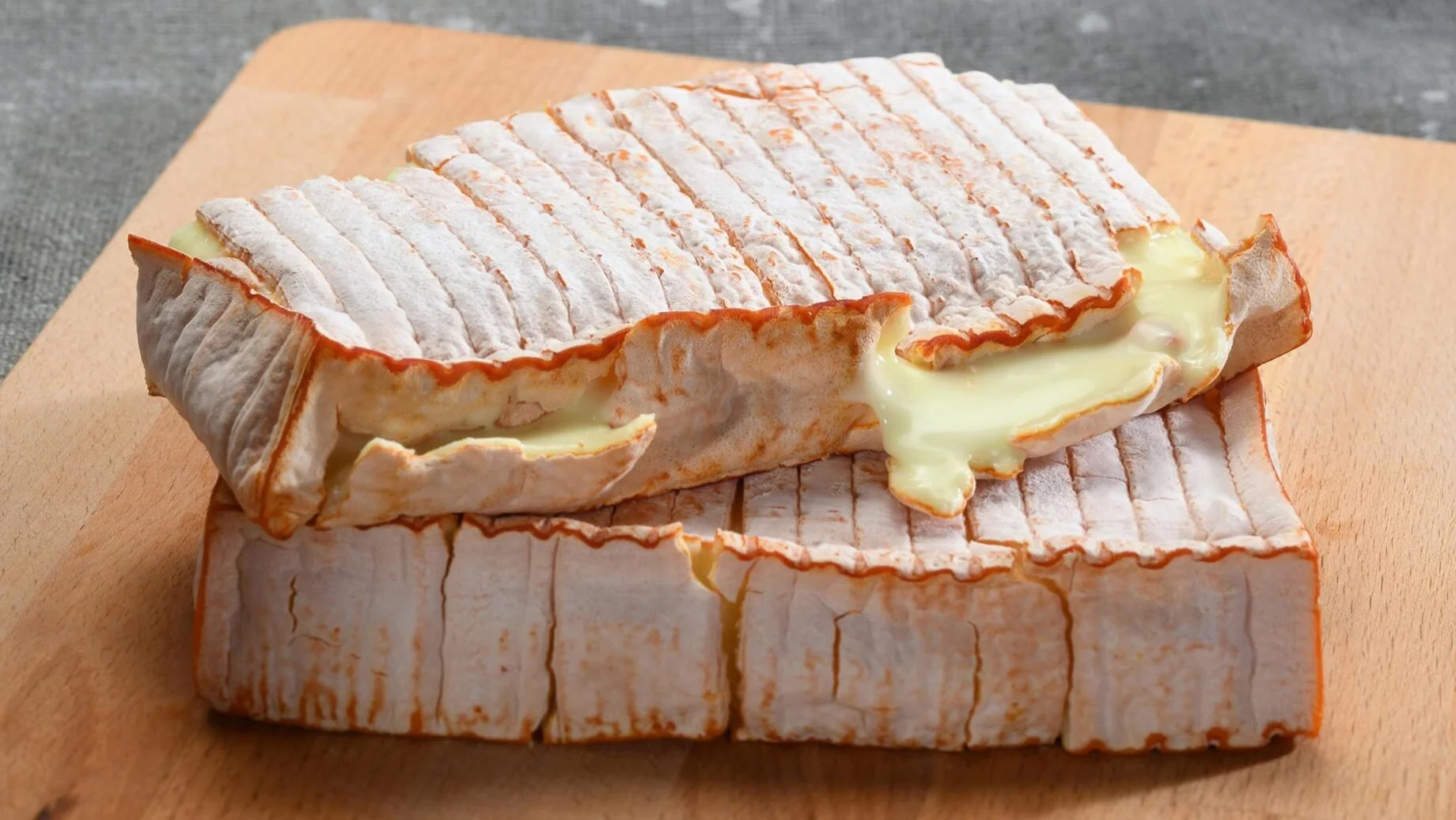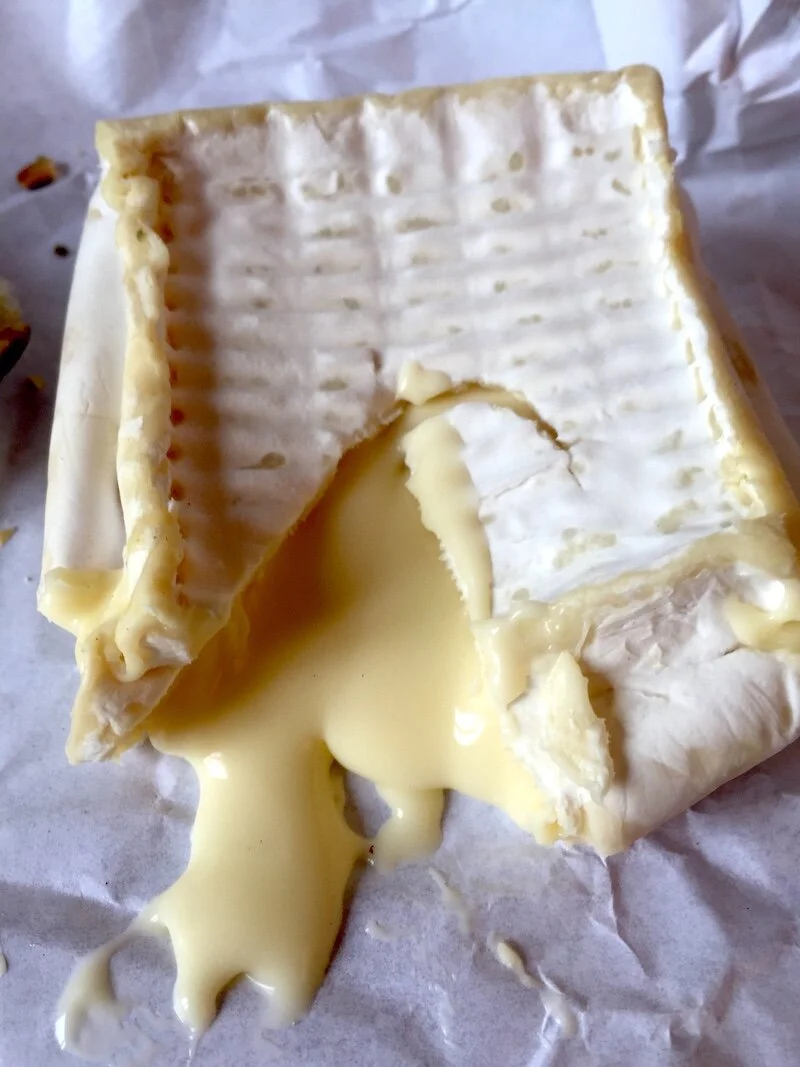Photo: Creative Commons/Cayou
World Cheese Encyclopaedia - Each Sunday learn all about a cheese in season.
This week Fourme d’Ambert from France
Photo: m.fourme-ambert.com
Country: France 🇫🇷
Region: Auvergne
Made from: Cow’s milk
Pasteurised: both pasteurised and unpasteurised
Texture: semi-hard, creamy, dense and supple
Taste: savory, sharp, tangy, sweet cream, mushroom, wine
Certification: AOC, AOP/PDO
Aging: 1 to 4 months
Fourme d'Ambert is a semi-hard French blue cheese. One of France's oldest cheeses, it dates from as far back as Roman times. It is made from raw cow's milk from the Auvergne region of France, with a distinct, narrow cylindrical shape.
The cheese is a traditional, farmhouse blue cheese that can be either co-operative or artisanal. Fourme d'Ambert is more supple and dense than most blues. Milk from cows grazing on either lower or higher mountain pastures is used to produce the cheese. Although, the cheese matures in 40 days, it is cave-aged for two-three months for optimum quality. During the aging time, it is injected with Vouvray moelleux, a sweet white wine. It is easily recognizable by its unusually tall cylindrical shape.
The pâté is cream coloured with prominent blue veining. The cheese is inoculated with Penicillium roqueforti spores for the growth of blue veins. Slightly tangy, with a savory flavour infused by the bacteria, which beautifully complements the distinct notes of butter and cream.
Although most often produced with pasteurized milk by industry and Coopératives, more recently artisanal production has begun using raw milk, and farm or fermier production has now restarted. Presently, four farmers produce annually up to 35 tonnes (38.58 tons) of fourme d'Ambert fermière AOP made with raw milk.
Photo: Creative Commons/Hégésippe Cormier
This cheese has a musty cave odor and a lasting taste of wine and fruit. The rind is dry and yellow and wrapped in a grey velvet. Inside, the pate is creamy and moist, with hints of blue mould.
History
Photo: Portugal Vineyards
Produced in the Auvergne region, Fourme d'Ambert (or simply Ambert) is one of France's oldest cheeses, dating back to the Roman occupation nearly 1,000 years ago. It is said that the Druids and the Gauls had developed the art of making this unique cheese. Almost identical to Fourme de Montbrison, the two were protected by the same AOC from 1972 until 2002 when each was recognized as its own cheese with slight differences in manufacture. A likeness of the cheese can be found sculpted above the entrance to a medieval chapel in La Chaulme, Puy-de-Dôme.
How to enjoy it
The cheese goes well with Sauternes and other dessert wines as well as full bodied reds such as Rhone’s, Pinot Noirs and Syrah. Similar cheeses include Fourme de Montbrison, Bleu de Montbrison, Bleu de Gex and Bleu de Septmoncel. Try the cheese as a snack with bread and fruit, crumble it on salads, or try it with a Tawny port and fresh pears.
Sources: Murray’s Cheese, cheese.com, Wikipedia, fromages.com, Portugal Vineyards
Looking for a different cheese? Search the whole cheese encyclopaedia here.





























